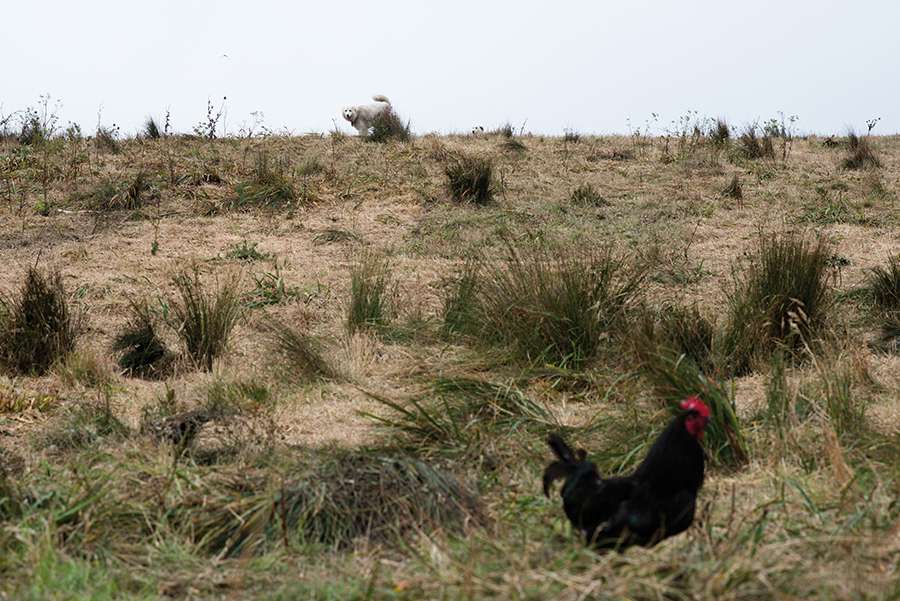A county agricultural program that has for years helped sheep ranchers fund the protection of their flocks is now also helping to protect pasture-raised . . .
As ranchers diversify, jobs for protection dogs multiply


A county agricultural program that has for years helped sheep ranchers fund the protection of their flocks is now also helping to protect pasture-raised . . .